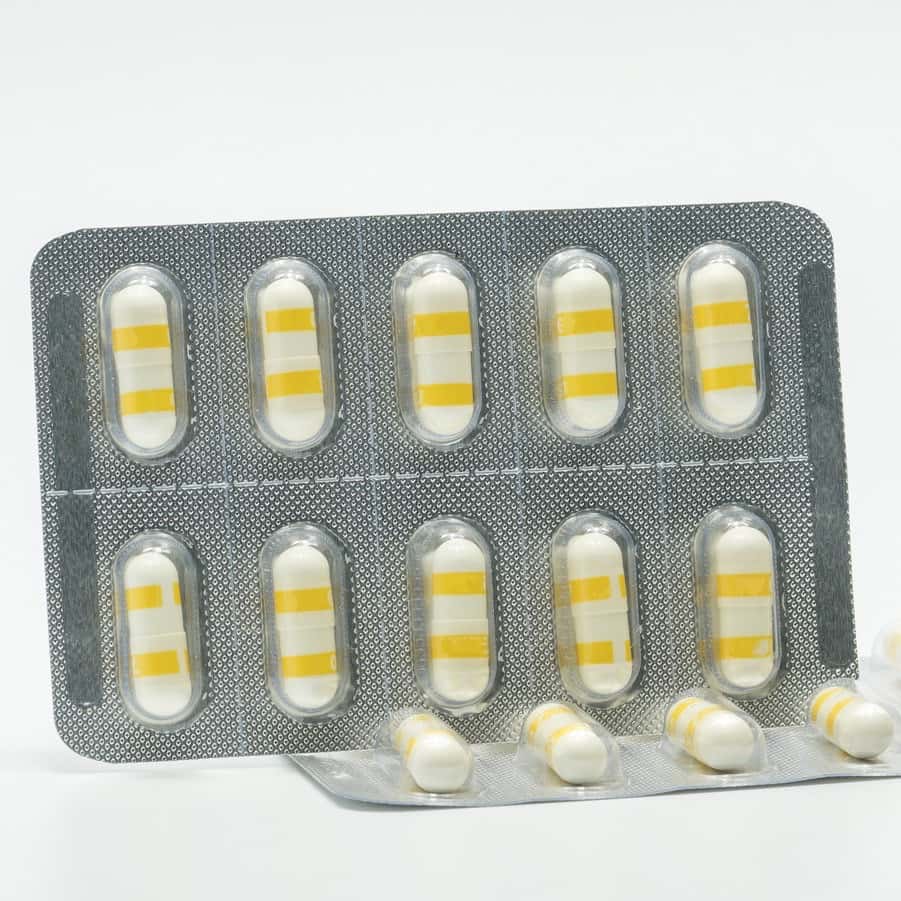
Doctors frequently prescribe celecoxib (Celebrex) to relieve pain due to arthritis and other conditions. They like this nonsteroidal anti-inflammatory drug (NSAID) partly because it appears less likely to cause dangerous gastrointestinal irritation. Other NSAIDs such as diclofenac, ibuprofen or naproxen are notorious for causing such problems, including bleeding ulcers. However, many people have never heard of a scary celecoxib skin rash that can even be life threatening.
Celecoxib Skin Rash Posed Diagnostic Puzzle:
Q. Six months ago, I experienced a severe allergic response consisting of a rash and blisters from head to toe. I consulted my primary care provider, my allergist and a dermatologist.
I took four courses of prednisone in increasing dosages, but the rash did not stop. Then a biopsy showed an allergy to medication.
My physician advised me to stop taking Celebrex. I was very surprised since I had been taking Celebrex for 18 years and no doctor had ever warned me of the possibility of an allergic reaction. Meanwhile, the rash continued and I lost most of my hair.
I am using steroid creams and taking a medication that is given to people who have had organ transplants to lower immune reactivity. After six weeks, the rash and itching are finally getting better. I don’t know if my hair will return.
Is this reaction to Celebrex well known? The misery it causes is awful.
Side Effects of Celecoxib:
A. In its information about celecoxib (Celebrex), the FDA warns about several serious side effects including blood clots, heart attacks and strokes. These cardiovascular complications are similar for celecoxib and other NSAIDs, although the exact rates may vary amongst them.
In addition, all nonsteroidal anti-inflammatory drugs, including celecoxib, can cause stomach ulcers. Celecoxib sometimes triggers high blood pressure, heart failure or severe allergic reactions. Occasionally this drug may injure the kidneys or the liver.
Serious skin reactions may occur without warning. Conditions such as Stevens-Johnson syndrome, toxic epidermal necrolysis or drug reaction with eosinophilia and systemic symptoms sometimes kill people.
What Can You Do?
You may be wondering what else you can use to relieve your arthritis pain, now that you have experienced a celecoxib skin rash and can no longer take the drug. We offer several natural approaches in our eGuide to Alternatives for Arthritis.
You may also be interested in our interview with Dr. Beth Jonas, the Reeves Foundation Distinguished Professor of Medicine and Chief of the Division of Rheumatology, Allergy and Immunology at the Medical School of the University of North Carolina at Chapel Hill. It is Show 1140: How Can You Manage Arthritis Pain?

